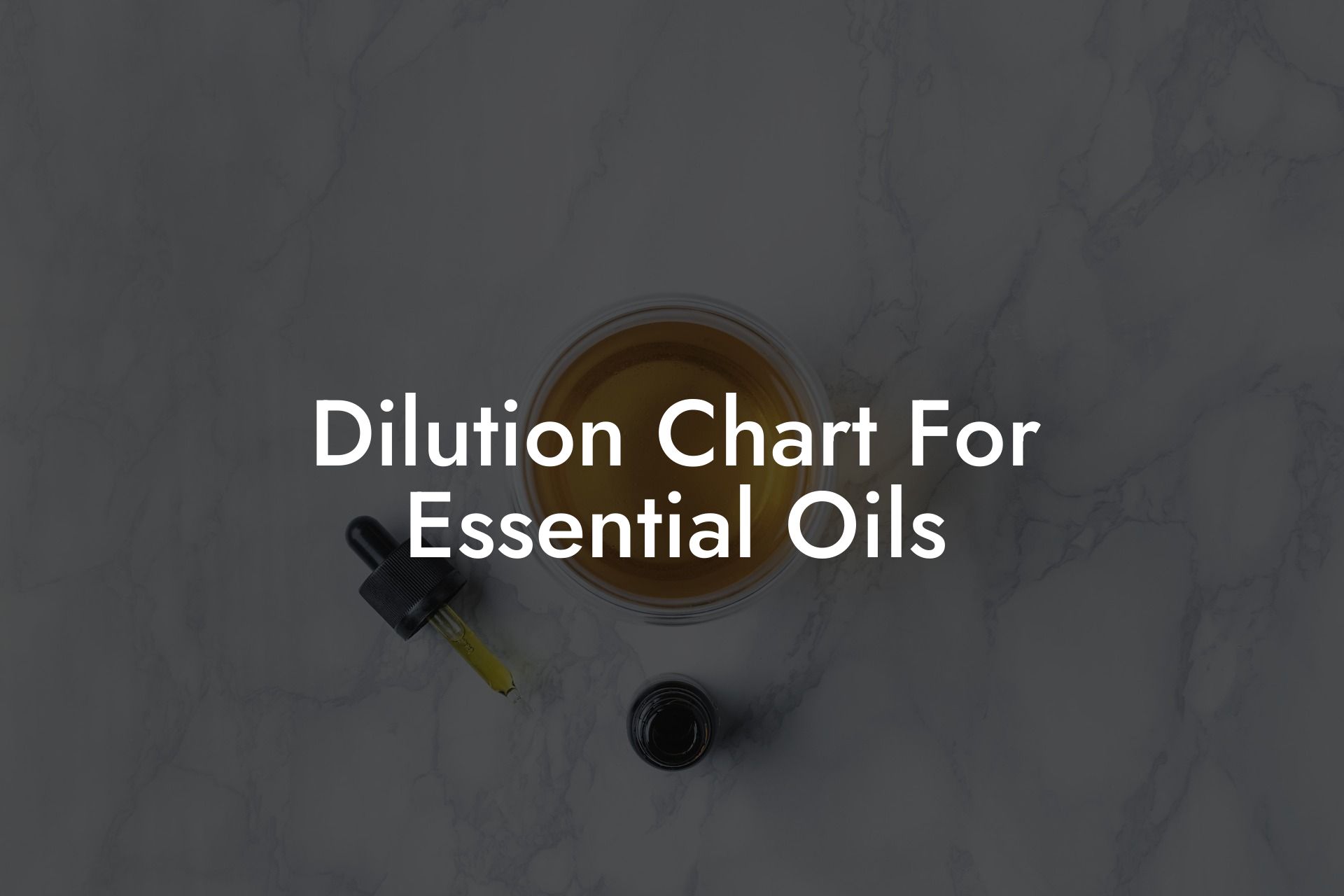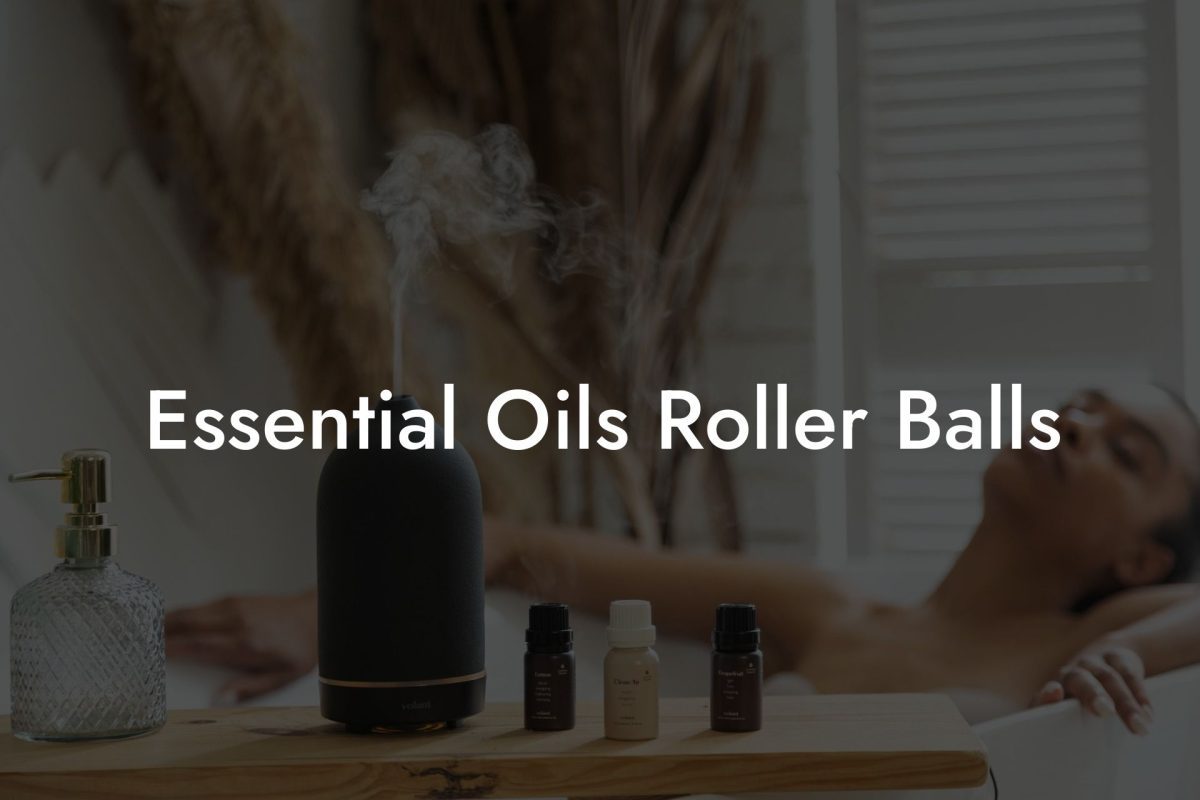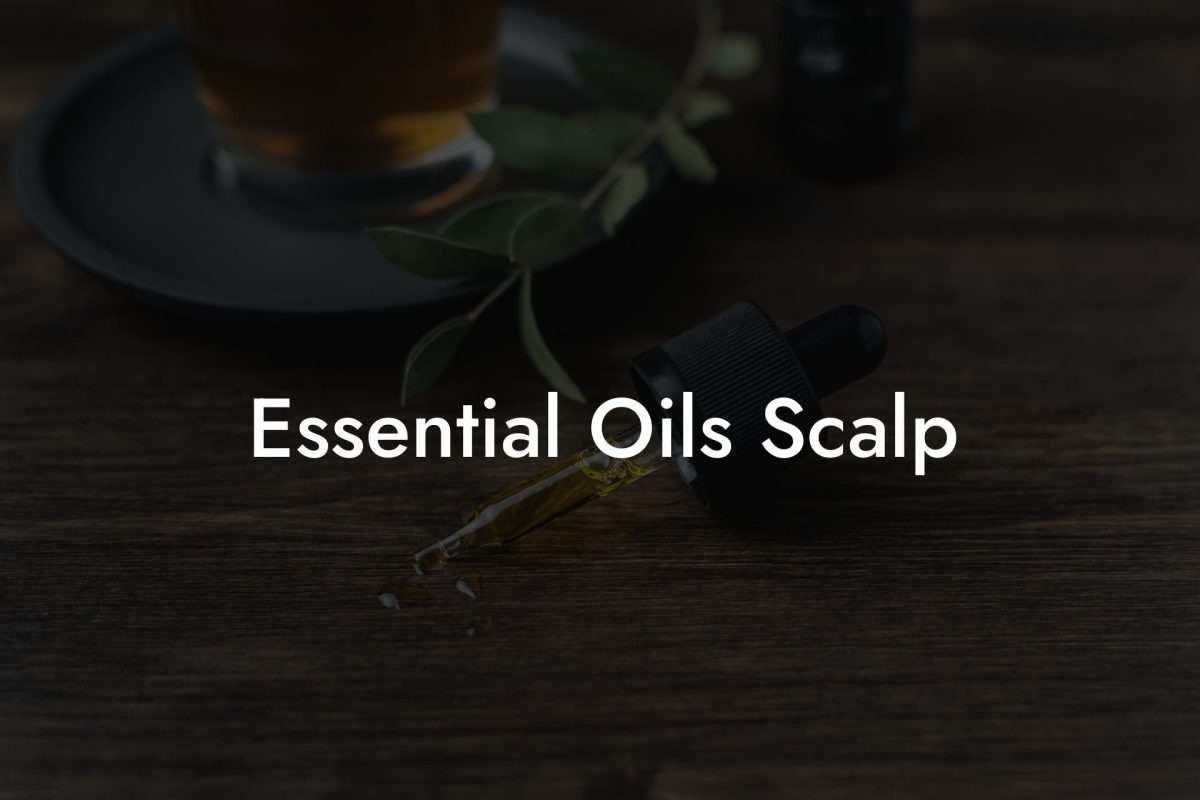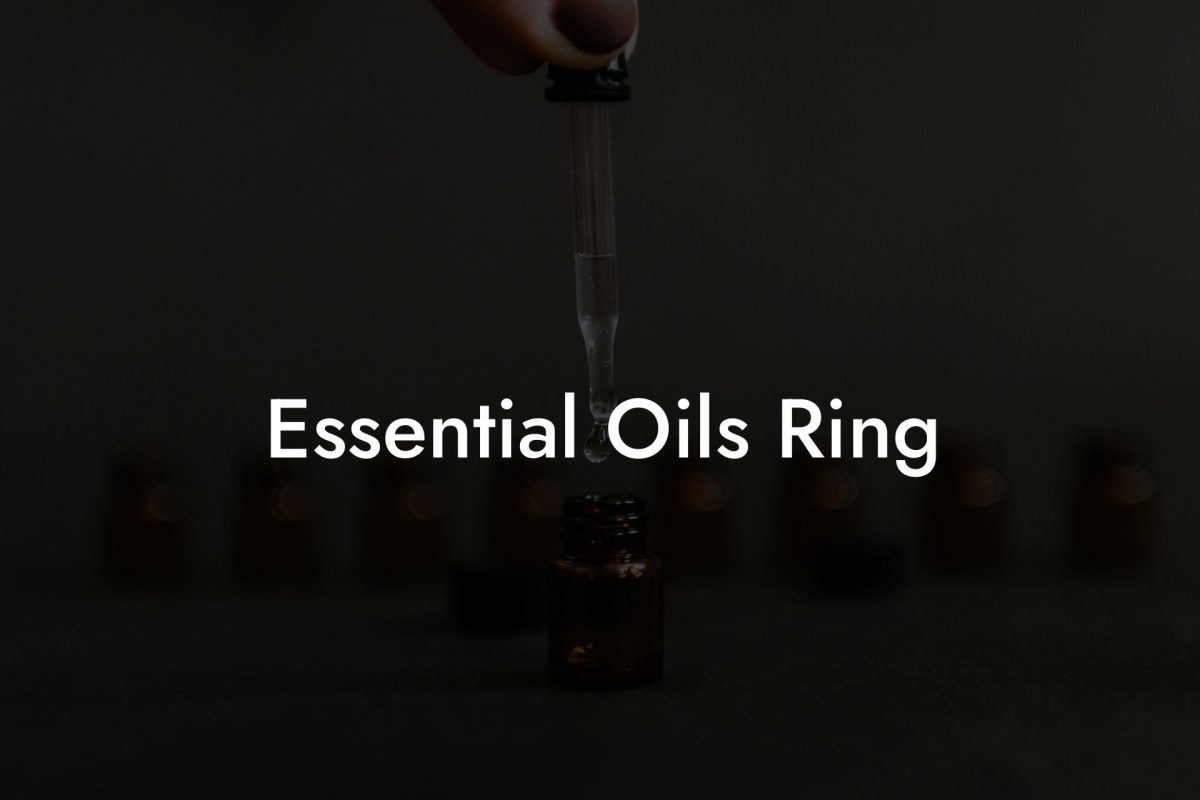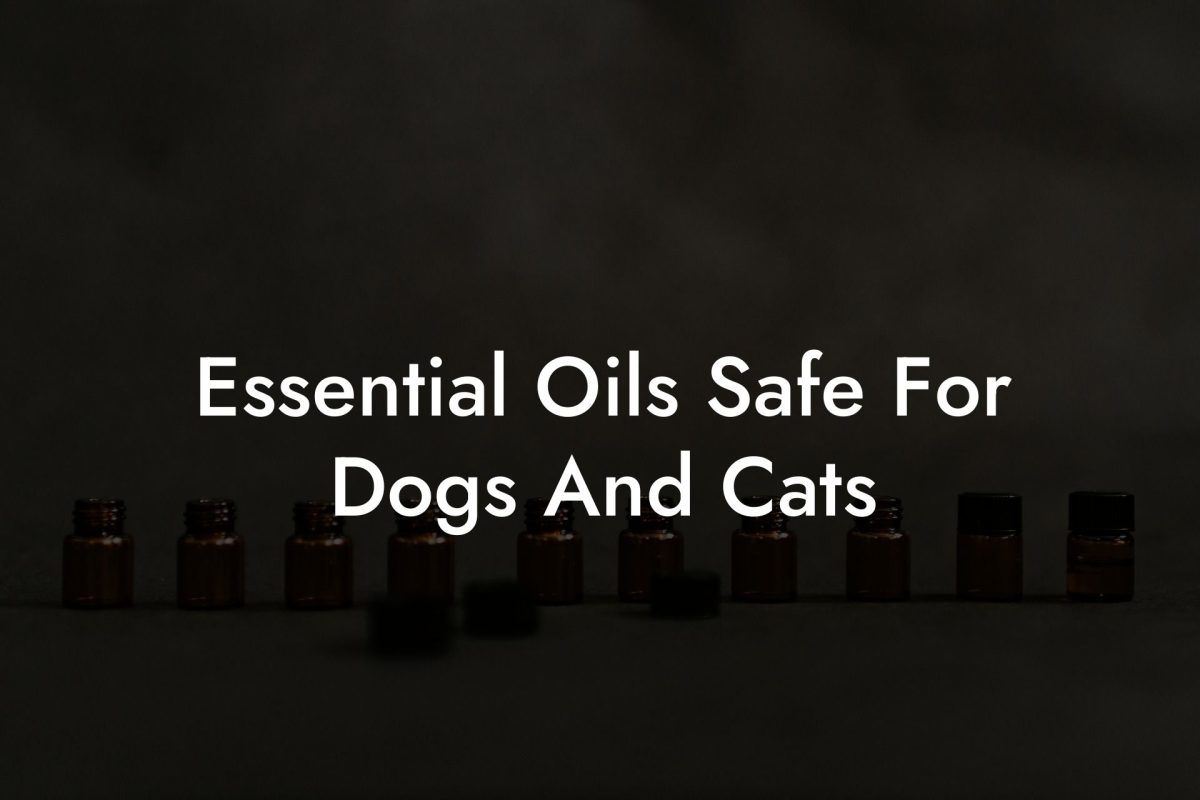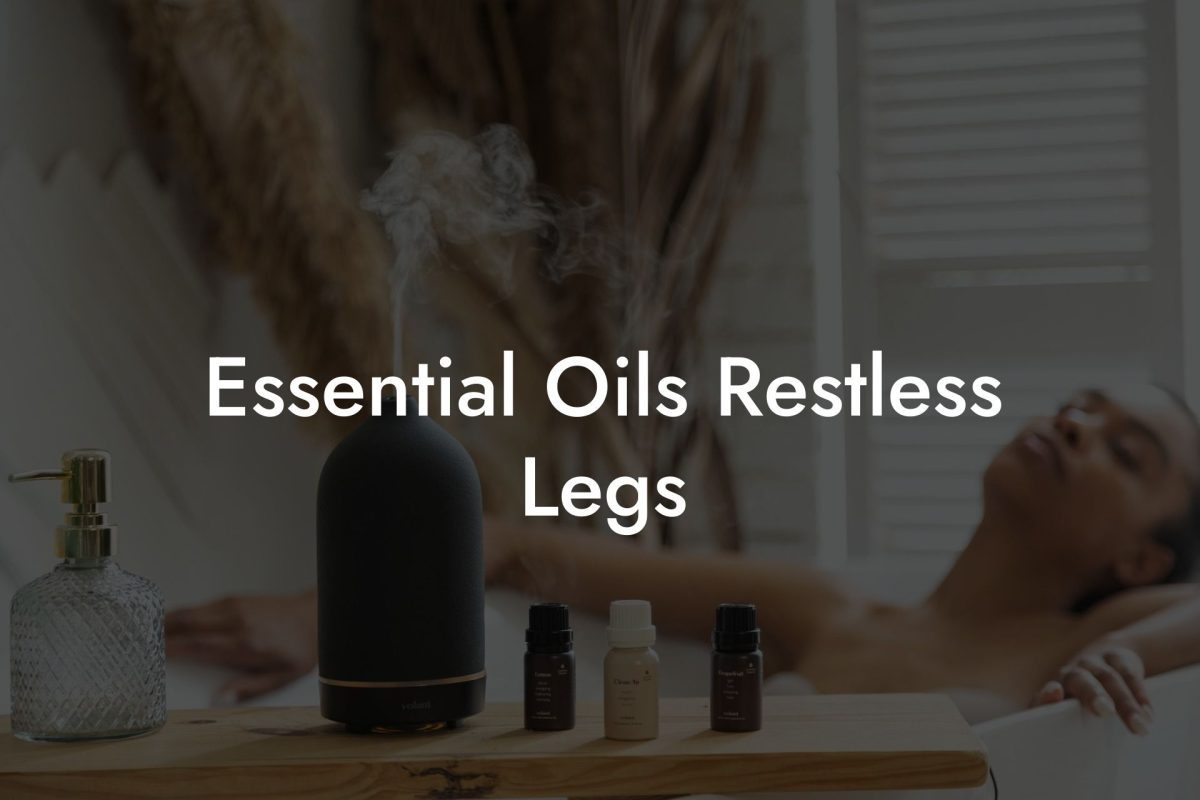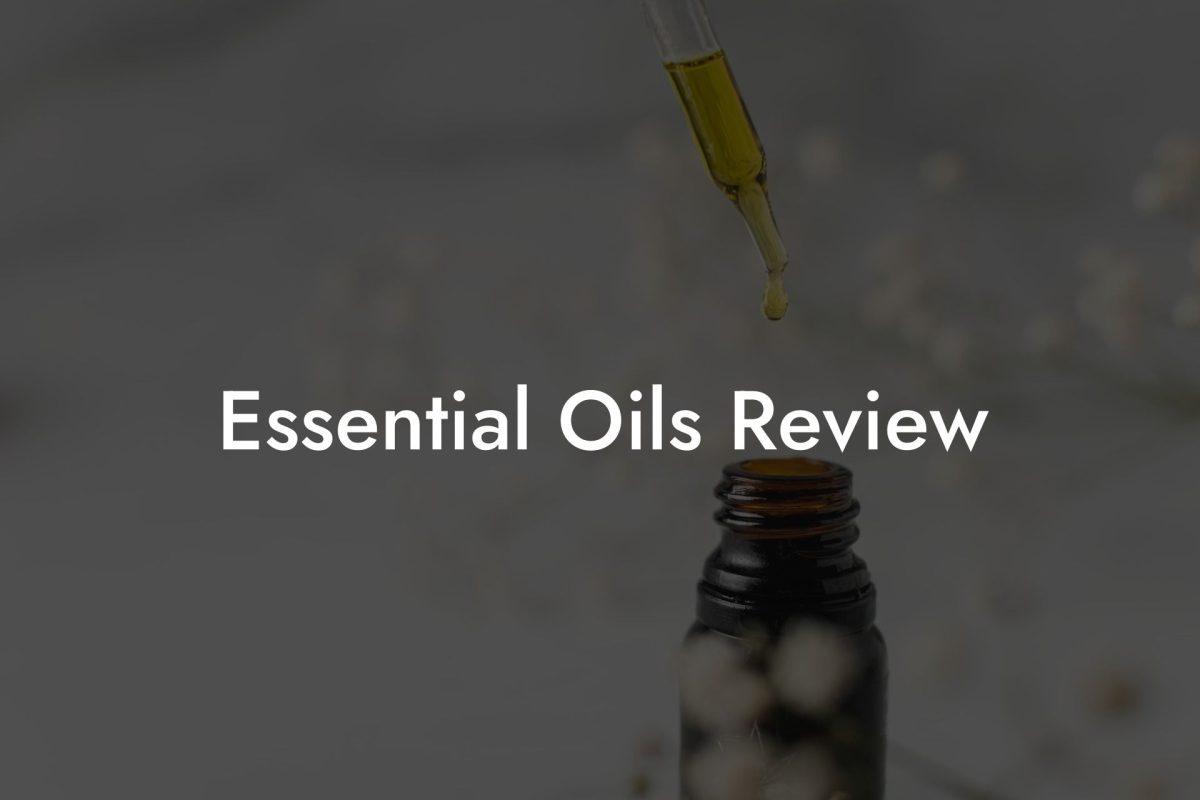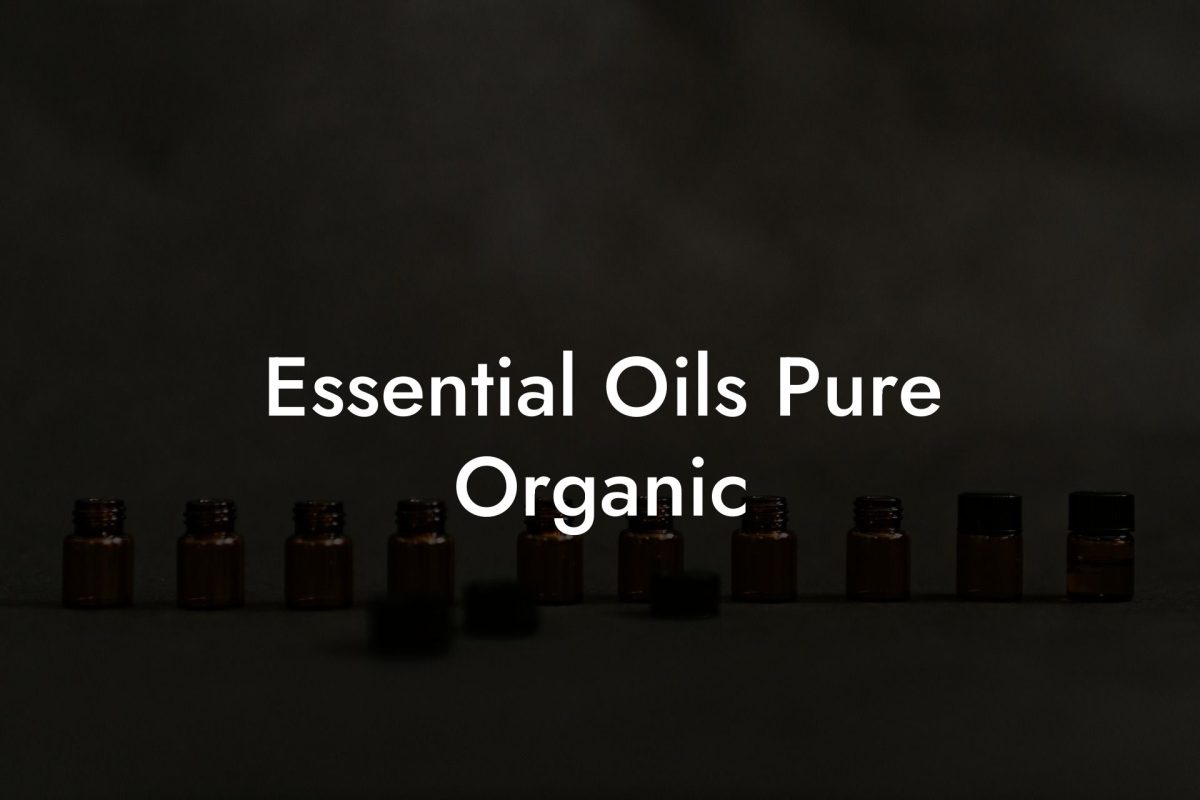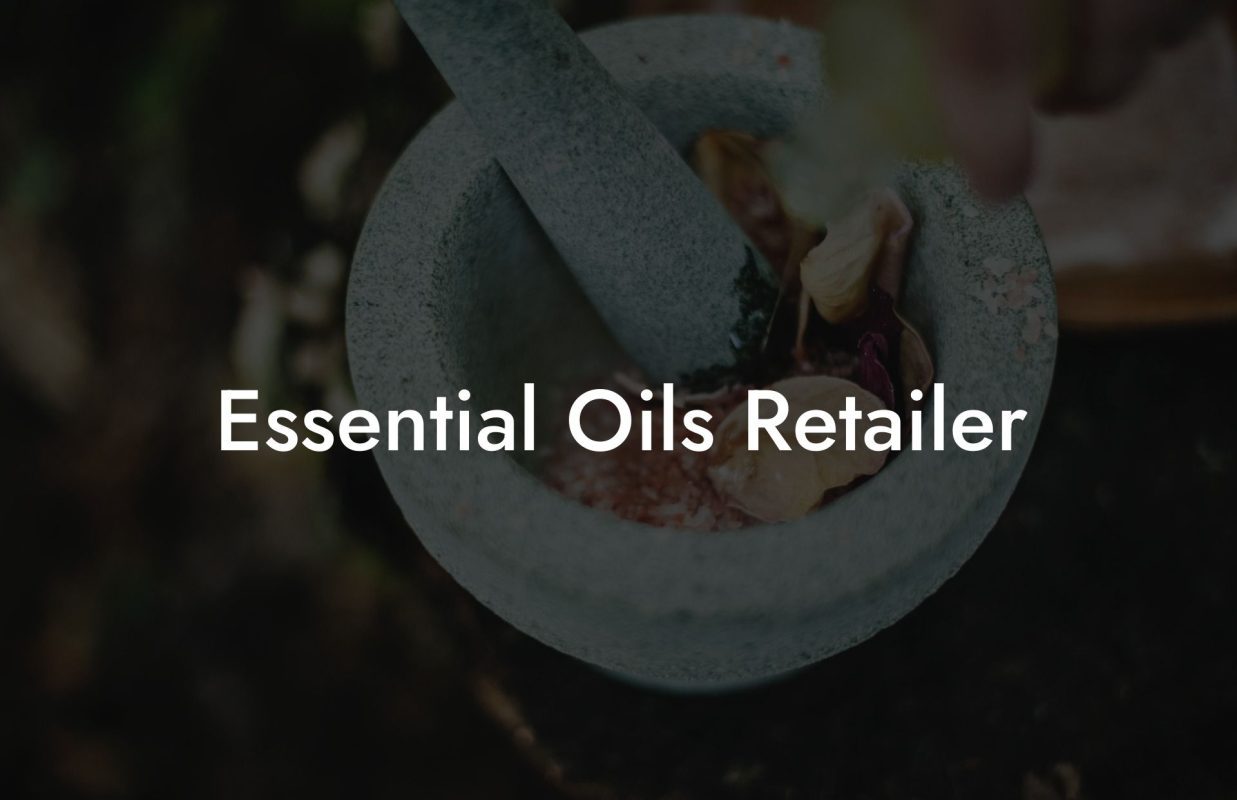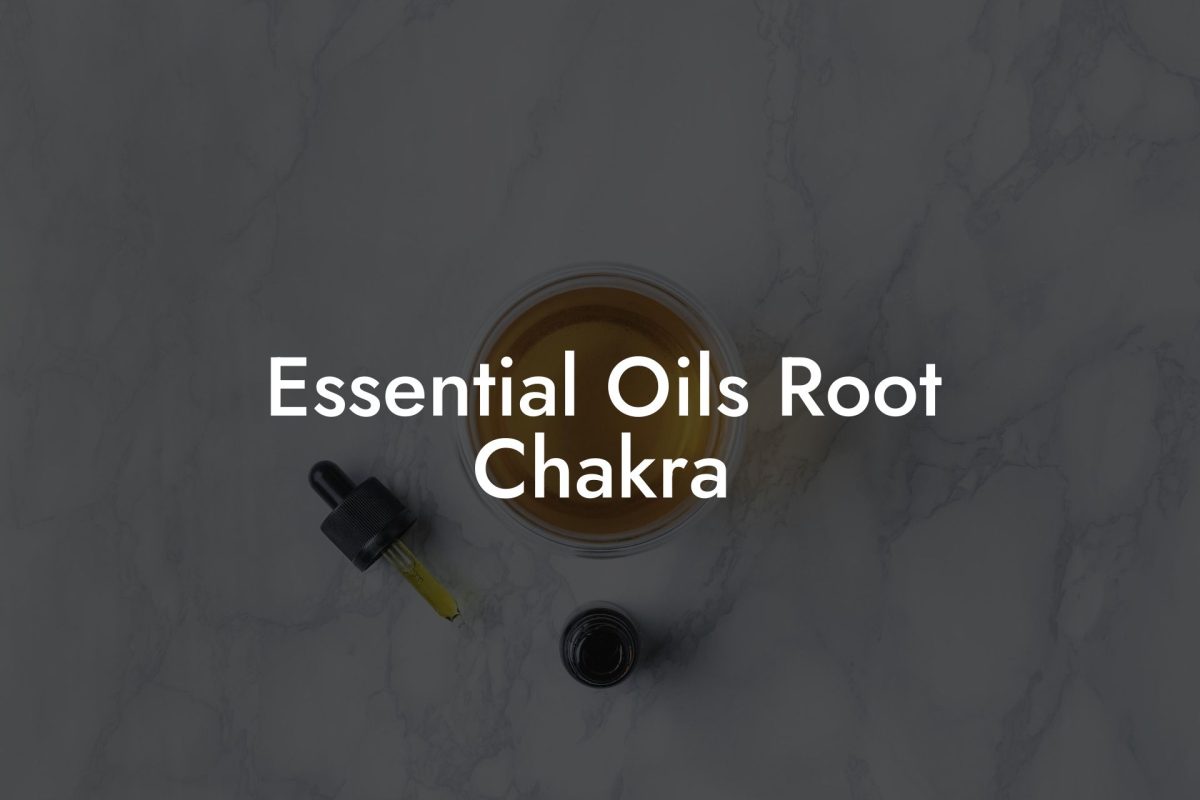Are you new to the world of essential oils and overwhelmed by the endless options, recipes, and guidelines? Fret not, as Oshu Oils is here to guide you through the process. In this article, we will discuss the importance of diluting essential oils and provide a comprehensive dilution chart that will make it easy for you to use essential oils safely and effectively. Let’s dive into the aromatic world of essential oils and learn how to dilute them like a pro!
Table of Contents
Why Do We Need to Dilute Essential Oils?
Essential oils are highly concentrated extracts derived from various parts of plants, including flowers, leaves, barks, and roots. Due to their potency, it is essential to dilute these oils before applying them to your skin or using them for various purposes. Dilution helps to:
- Prevent skin irritation or sensitization
- Enhance absorption of essential oils into the skin
- Prolong the effectiveness of essential oils
- Save your wallet by using less oil for each application
Essential Oil Dilution Guidelines
There is no one-size-fits-all dilution rate for essential oils. The optimal dilution ratio is determined by various factors such as:
- The essential oil’s potency
- The individual’s age and sensitivity
- The application method (topical, diffuser, inhalation, etc.)
- The purpose (therapeutic, cosmetic, or cleaning)
Generally, a 1-2% dilution rate is considered safe for adults for topical applications. This means that 1-2 drops of essential oil should be mixed with 1 teaspoon (5ml) of carrier oil. For children, elderly, and sensitive individuals, a 0.25-1% dilution is recommended.
Carrier Oils for Dilution
Carrier oils are commonly used to dilute essential oils for safe topical usage. Some popular choices include:
- Coconut oil
- Jojoba oil
- Almond oil
- Avocado oil
- Grapeseed oil
Choosing an appropriate carrier oil depends on your personal preferences, skin type, and intended use. It’s essential to select a carrier oil that is stable and has a low risk of causing allergic reactions or sensitization.
Dilution Chart for Essential Oils
Now that we have discussed the basics of essential oil dilutions let’s take a look at a practical dilution chart that will make it easy for you to create custom essential oil blends for various applications:
| Carrier Oil (ml) | 0.25% Dilution (drops) | 0.5% Dilution (drops) | 1% Dilution (drops) | 2% Dilution (drops) | 5% Dilution (drops) |
|---|---|---|---|---|---|
| 5ml (1 tsp) | 1 | 2 | 5 | 10 | 25 |
| 15ml (1 tbsp) | 3 | 6 | 15 | 30 | 75 |
| 30ml (2 tbsp) | 6 | 12 | 30 | 60 | 150 |
Dilution Chart For Essential Oils Example:
Imagine you want to create a relaxing massage oil blend using lavender essential oil. You have a 30ml (2 tbsp) bottle of almond oil as your carrier, and you want to achieve a 1% dilution rate. Referring to the dilution chart above, you’ll see that you need to add 30 drops of lavender essential oil to the 30ml of almond oil. Mix well, and your custom massage oil is ready for use!
Congratulations! You are now equipped with the knowledge to dilute essential oils safely and effectively. With this essential oil dilution chart, creating personalized blends has never been easier. We invite you to continue exploring the wonderful world of essential oils with Oshu Oils through our other informative guides and blogs. And don’t forget to browse through our range of high-quality essential oils to expand your collection. Share this article with fellow enthusiasts, and experience the power of aromatherapy together!

